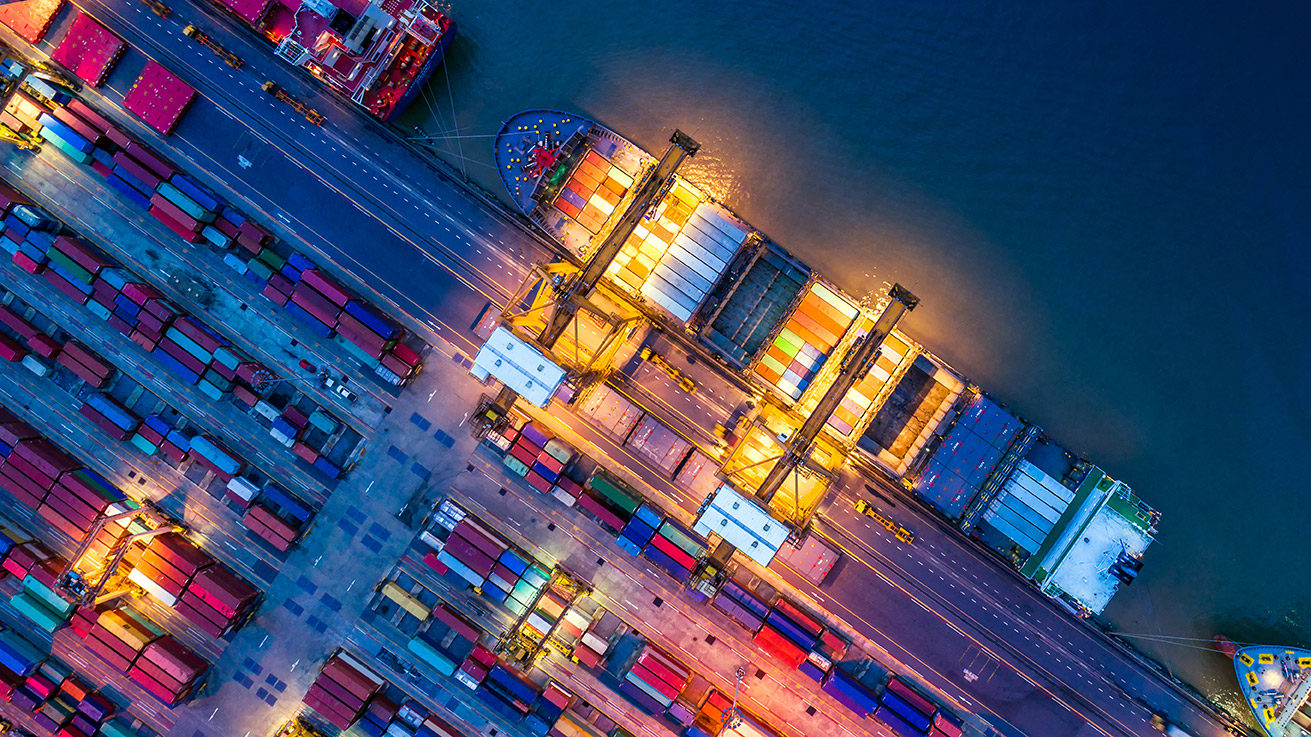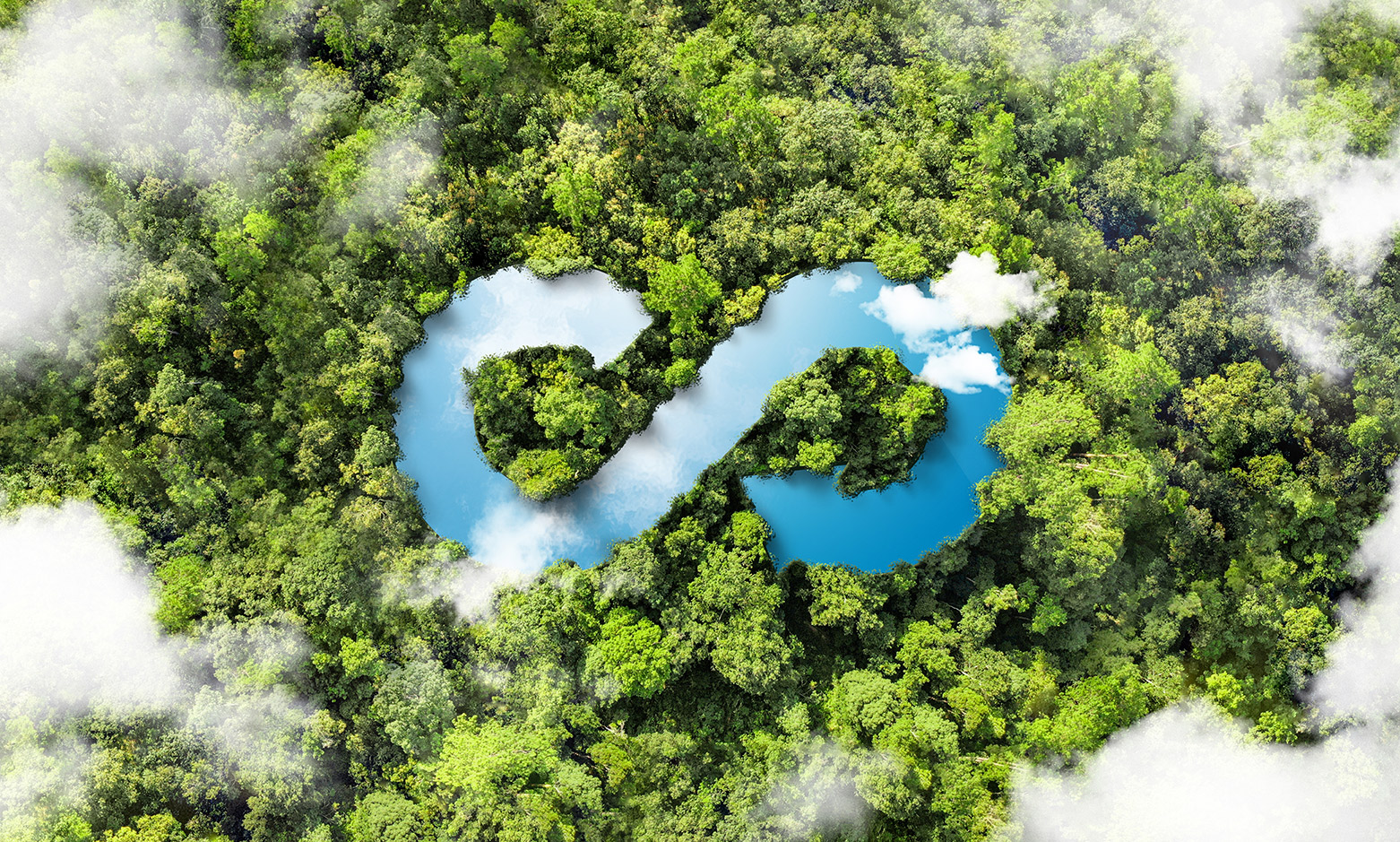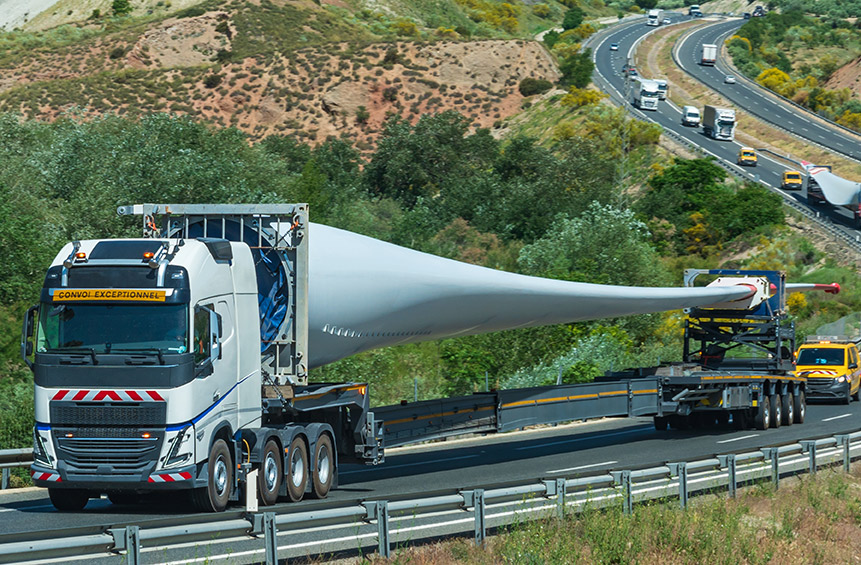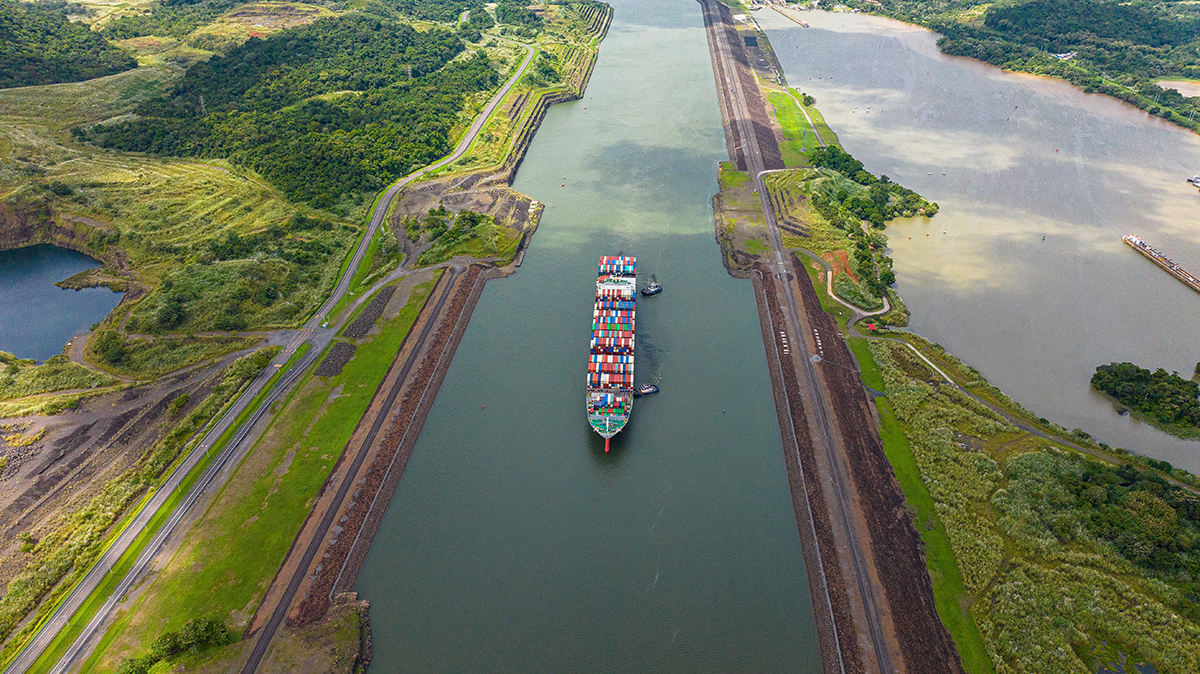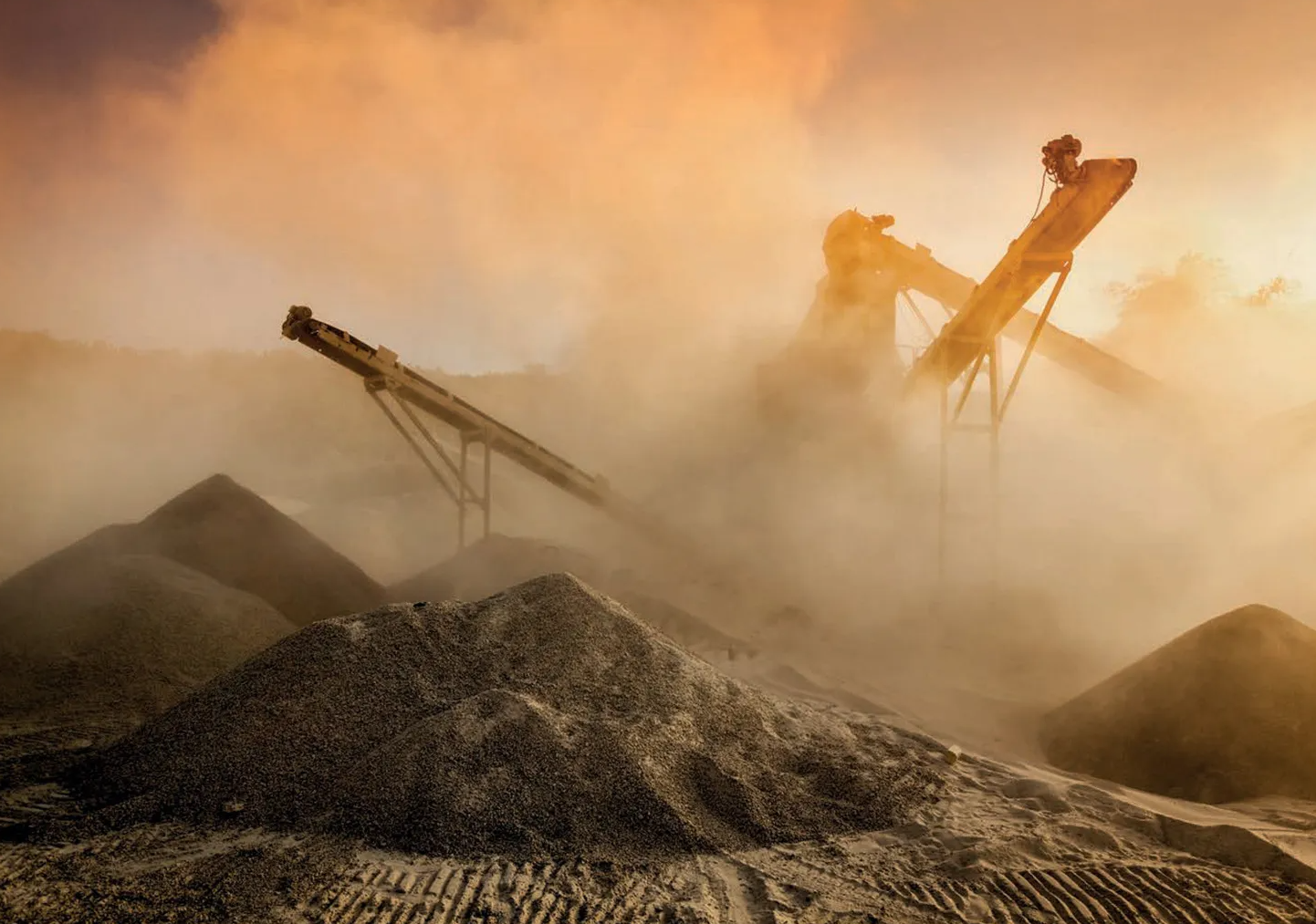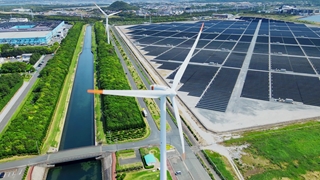
Trade and the circular economy
A case study of lithium-ion batteries
Affordable and sustainable lithium-ion batteries are key to the development of electric vehicles markets and to the green energy transition. Circular economy solutions for end-of-life batteries can help address primary inputs disruptions, while reducing environmental costs associated with the mining of these inputs or with battery production. Circular value chains would also help address waste and disposal problems as Li-ion batteries reach end of life.
Click here






